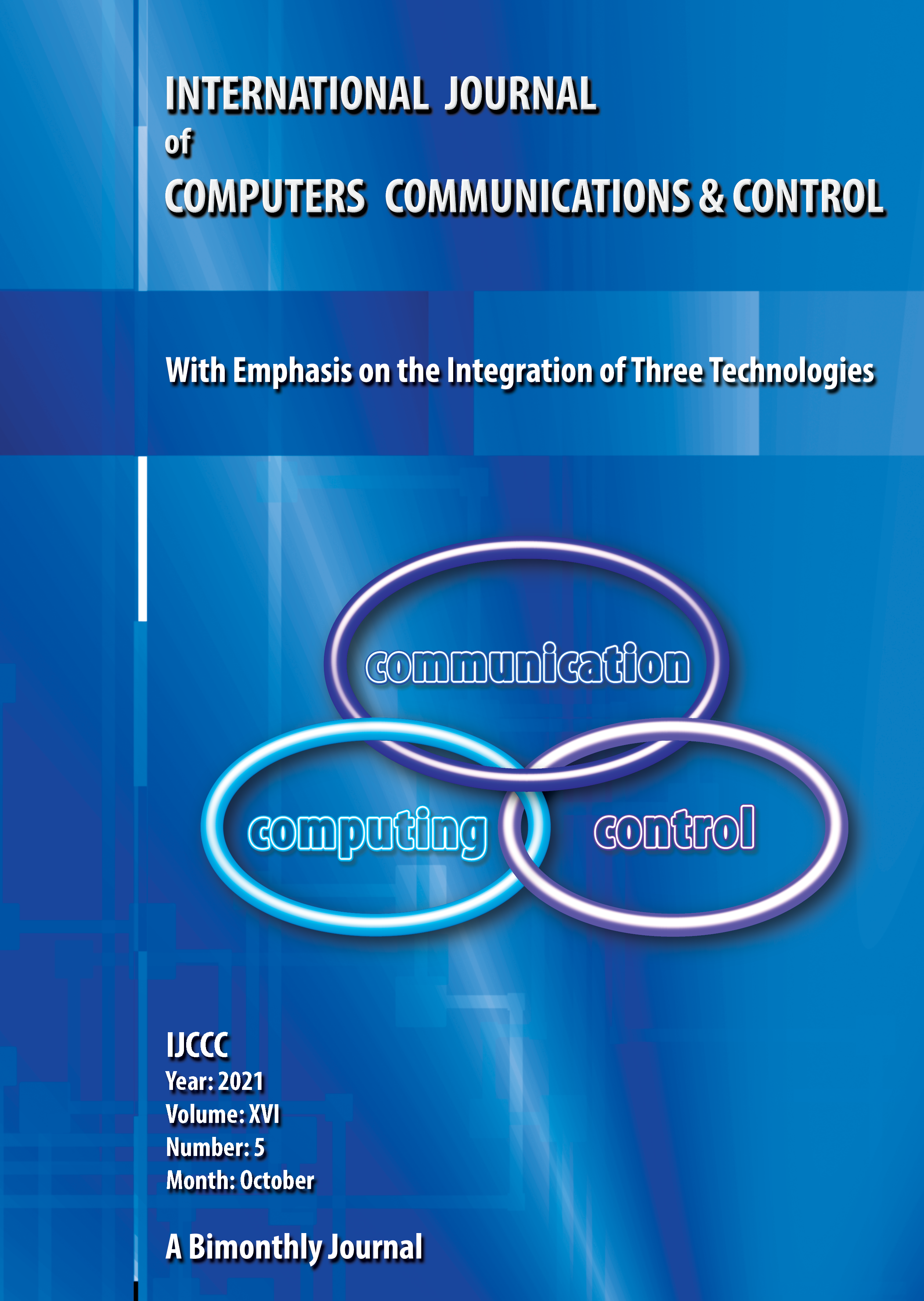iEEG based Epileptic Seizure Detection using Reconstruction Independent Component Analysis and Long Short Term Memory Network
Keywords:
Epileptic Seizure Detection, Long Short Term Memory Network, Normalization, Reconstruction Independent Component AnalysisAbstract
In recent decades, an epileptic seizure is a neurological disorder, which is commonly detected from intracranial Electroencephalogram (iEEG) signals. However, the visual interpretation and inspection of iEEG signal is subjective variability, a time-consuming mechanism, slow and vulnerable to errors. In this research article, an automated epileptic seizure detection model is proposed to highlight the above-mentioned concerns. The proposed automated model integrates the Reconstruction Independent Component Analysis (RICA) and Long Short Term Memory (LSTM) for seizure detection. In the proposed model, RICA is utilized to extract the features from the normalized iEEG signals, and then the obtained feature vectors are fed to the LSTM network for classification, which effectively classifies inter-ictal and ictal iEEG signals. This experimental outcome showed that the proposed RICA-LSTM model achieved an accuracy of 98.92%, sensitivity of 99.01%, specificity of 98.68%, balanced accuracy of 99.24%, and f-score of 98.25% in epileptic seizure recognition on the SWEC-ETHZ iEEG database, which is better compared to the conventional machine learning classifiers.
References
[2] Cura, O.K.; Atli, S.K.; Türe, H.S.; Akan, A. (2020). Epileptic seizure classifications using empirical mode decomposition and its derivative, Biomedical engineering online, 19(1), 1-22, 2020. https://doi.org/10.1186/s12938-020-0754-y
[3] Truong, N.D.; Nguyen, A.D.; Kuhlmann, L.; Bonyadi, M.R.; Yang, J.; Ippolito, S.; Kavehei, O. (2018). Convolutional neural networks for seizure prediction using intracranial and scalp electroencephalogram, Neural Networks, 105, 104-111, 2018. https://doi.org/10.1016/j.neunet.2018.04.018
[4] Varatharajah, Y.; Berry, B.; Cimbalnik, J.; Kremen, V.; Van Gompel, J.; Stead, M.; Brinkmann, B.; Iyer, R.; Worrell, G. (2018). Integrating artificial intelligence with real-time intracranial EEG monitoring to automate interictal identification of seizure onset zones in focal epilepsy, Journal of neural engineering, 15(4), 046035, 2018. https://doi.org/10.1088/1741-2552/aac960
[5] Wang, G.; Wang, D.; Du, C.; Li, K.; Zhang, J.; Liu, Z.; Tao, Y.; Wang, M.; Cao, Z.; Yan, X. (2020). Seizure Prediction Using Directed Transfer Function and Convolution Neural Network on Intracranial EEG, IEEE Transactions on Neural Systems and Rehabilitation Engineering, 28(12), 2711-2720, 2020. https://doi.org/10.1109/TNSRE.2020.3035836
[6] Savadkoohi, M.; Oladunni, T.; Thompson, L. (2020). A machine learning approach to epileptic seizure prediction using Electroencephalogram (EEG) Signal, Biocybernetics and Biomedical Engineering, 40(3), 1328-1341, 2020. https://doi.org/10.1016/j.bbe.2020.07.004
[7] Yedurkar, D.P.; Metkar, S.P. (2020). Multiresolution approach for artifacts removal and localization of seizure onset zone in epileptic EEG signal, Biomedical Signal Processing and Control, 57, 101794, 2020. https://doi.org/10.1016/j.bspc.2019.101794
[8] Al-Hadeethi, H.; Abdulla, S.; Diykh, M.; Deo, R.C.; Green, J.H. (2020). Adaptive boost LS-SVM classification approach for time-series signal classification in epileptic seizure diagnosis applications, Expert Systems with Applications, 161, 113676, 2020. https://doi.org/10.1016/j.eswa.2020.113676
[9] Akyol, G. (2020). Stacking ensemble based deep neural networks modeling for effective epileptic seizure detection, Expert Systems with Applications, 148, 113239, 2020. https://doi.org/10.1016/j.eswa.2020.113239
[10] Amin, H.U.; Yusoff, M.Z.; Ahmad, R.F. (2020). A novel approach based on wavelet analysis and arithmetic coding for automated detection and diagnosis of epileptic seizure in EEG signals using machine learning techniques, Biomedical Signal Processing and Control, 56, 101707, 2020. https://doi.org/10.1016/j.bspc.2019.101707
[11] Prathaban, B.P.; Balasubramanian, R. (2020). Prediction of epileptic seizures using Grey Wolf Optimized Model Driven mathematical approach, Microprocessors and Microsystems, 103370, 2020. https://doi.org/10.1016/j.micpro.2020.103370
[12] Rout, S.K.; Biswal, P.K. (2020). An efficient error-minimized random vector functional link network for epileptic seizure classification using VMD, Biomedical Signal Processing and Control, 57, 101787, 2020. https://doi.org/10.1016/j.bspc.2019.101787
[13] Raghu, S.; Sriraam, N.; Hegde, A.S.; Kubben, P.L. (2019). A novel approach for classification of epileptic seizures using matrix determinant, Expert Systems with Applications, 127, 323-341, 2019. https://doi.org/10.1016/j.eswa.2019.03.021
[14] Gao, X.; Yan, X.; Gao, P.; Gao, X.; Zhang, S. (2020). Automatic detection of epileptic seizure based on approximate entropy, recurrence quantification analysis and convolutional neural networks, Artificial intelligence in medicine, 102, 101711, 2020. https://doi.org/10.1016/j.artmed.2019.101711
[15] Büyükí§akır, B.; Elmaz, F.; Mutlu, A.Y. (2020). Hilbert vibration decomposition-based epileptic seizure prediction with neural network, Computers in biology and medicine, 119, 103665, 2020. https://doi.org/10.1016/j.compbiomed.2020.103665
[16] Burrello, A.; Benatti, S.; Schindler, K.A.; Benini, L.; Rahimi, A. (2020). An Ensemble of Hyperdimensional Classifiers: Hardware-Friendly Short-Latency Seizure Detection with Automatic iEEG Electrode Selection, IEEE journal of biomedical and health informatics, 25(4), 935-946, 2020. https://doi.org/10.1109/JBHI.2020.3022211
[17] Burrello, A.; Schindler, A.; Benini, L.; Rahimi, A. (2019). Hyperdimensional computing with local binary patterns: one-shot learning of seizure onset and identification of ictogenic brain regions using short-time ieeg recordings, IEEE Transactions on Biomedical Engineering, 67(2), 601-613, 2019. https://doi.org/10.1109/TBME.2019.2919137
Additional Files
Published
Issue
Section
License
ONLINE OPEN ACCES: Acces to full text of each article and each issue are allowed for free in respect of Attribution-NonCommercial 4.0 International (CC BY-NC 4.0.
You are free to:
-Share: copy and redistribute the material in any medium or format;
-Adapt: remix, transform, and build upon the material.
The licensor cannot revoke these freedoms as long as you follow the license terms.
DISCLAIMER: The author(s) of each article appearing in International Journal of Computers Communications & Control is/are solely responsible for the content thereof; the publication of an article shall not constitute or be deemed to constitute any representation by the Editors or Agora University Press that the data presented therein are original, correct or sufficient to support the conclusions reached or that the experiment design or methodology is adequate.








